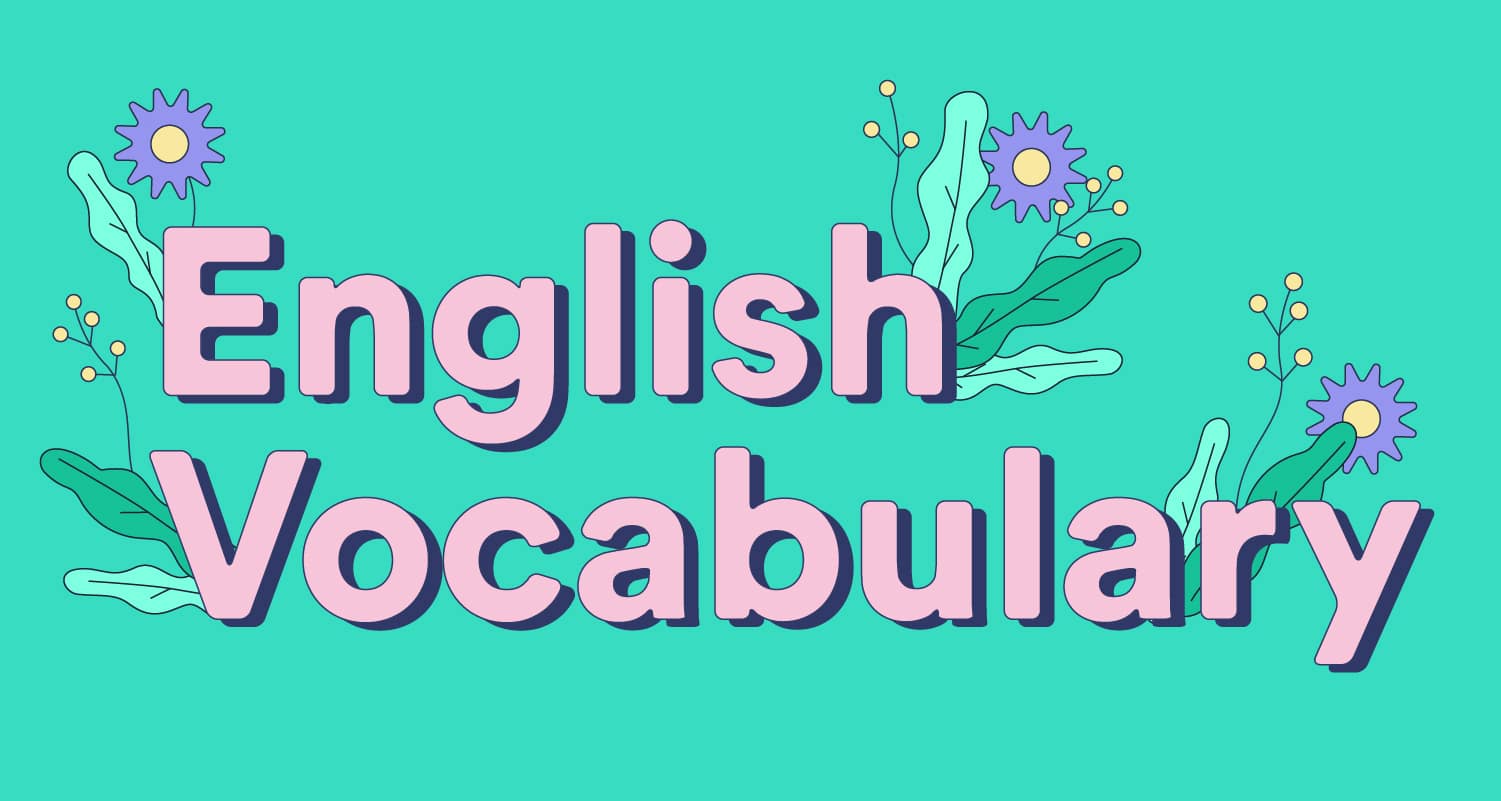Word problems are difficult for many students, yet they are vital to learning. After all, much math in the real world is word problems.
“If one gallon of paint covers 300 square feet, how many gallons do I need?”
“If one gallon of paint covers 300 square feet, how many gallons do I need?” “This hoodie normally $200 but on sale for 50% discount. So, how much does that cost?”
What works with kids? Here are some tried-and-true solutions.
#1 Create an image or model of the issue
To help them better understand how to solve word problems, teach them to think of them as stories or scenarios. If you can, act out the issue and sketch photos, diagrams, or models.
#2 Make certain that they understand the question.
Only 25% of them understood they didn’t have enough information to answer the question; the other 75% supplied numerical responses including addition, subtraction, or division.
That tells us kids need to be taught to identify the question before answering it.
#3 Recognize imparting knowledge of keywords associated with word problems
Some teachers adore this strategy, while others despise it. Those who enjoy it say it gives kids a straightforward way to understand words and math. Others think it’s outmoded and prefers to teach word problems using context. Consider adding this to your toolbox for students that need it.
#4 Choose the appropriate operation
Aside from important terms, have kids examine the scenario to find the best operation(s) to use. Key phrases like “total” can be ambiguous. It’s worth delving into the problem’s core.
#5 Ensure their solutions are reasonable.
Examining the answer carefully and ensuring that it makes sense is one of the quickest methods to spot errors. Students are significantly more likely to acquire the correct answer if they can describe how they arrived at their decision. That is why, for decades, teachers have asked pupils to “present their work.”
# 6 Employ the CUBES approach
It is indeed a worked strategy for teaching word problems, and it’s especially beneficial for children who have a tendency to work too quickly and miss nuances. Students are more likely to locate the proper answer to the question being asked if they take the time to circle, box, and underline key information.
# 7 Develop problem-solving techniques
There are a plethora of ways available for teaching children how to solve word problems. What is critical to remember is that what works for one student may not work for another. Introduce a simple method, such as Plan-Solve-Check, that every child can utilize every time. The Plan and Solve phases can be expanded in a variety of ways, but this basic 3-step method guarantees that kids slow down and take their time.
# 8 Consistently solve word problems on a regular basis
This is possibly the most crucial tip of all. Word problems should be included in daily math practice, especially for older students. When teaching a new arithmetic ability, use word problems whenever possible. Even better, assign pupils a word problem to complete on a daily basis to familiarize them with the approach.






